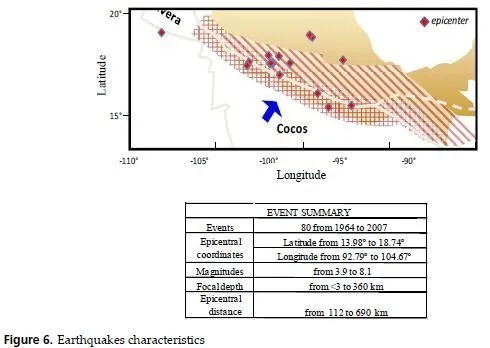Concluding the chapter about soil-structure interaction (SSI), the author should like to give several recommendations to engineers.
1. At the very beginning one should estimate the importance of SSI and decide whether it should be considered at all. The answer depends on the soil data (wave velocities in the soil, first of all), base mat size/embedment and inertia of the structure. For civil structures most often SSI can be omitted (i.e. structure can be analyzed using a platform model with platform kinematical excitation given by seismologists and without soil springs).
2. If SSI is to be considered, one should examine whether some simple assumptions can be applied. Main assumptions: homogeneous half-space or a layer underlain by rigid rock as a soil model (depends on real-world geotechnical data), surface base mat, rigid base mat. General recommendation is as follows. One should start with the simplest model allowed by standards. Only if the results seem overconservative, one should try to go to more sophisticated models, accounting to various specific SSI effects. Usually there is a trade between the complexity of the model and the conservatism of the results.
3. SSI effects are frequency-dependent. Most of effects are valid in a certain frequency range. Out of this range they may lead to the opposite changes.
4. SSI analysis requires special tools. General-purpose codes, including FEM soft, cannot treat SSI properly because of the infinite geometry of the initial problem. Specialpurpose tools like CLASSI, SASSI, etc. should be used.
5. If direct approach is used, special attention should be paid to the boundaries.
Preliminary analysis of test examples (e.g., initial soil without structure with the same boundaries and excitation) is strongly recommended.
6. Wave nature of SSI effects requires special attention when FEM is used: element size for the soil and time step must be compared with frequency ranges of interest. Otherwise, the most significant effects may be missed.
7. Non-linearity of different kinds is to be treated properly. Primary non-linearity of the soil is handled by SHAKE. Contact non-linearity is treated approximately as described above. If a structure itself is considerably non-linear, usually one has to omit wave SSI at all.
Nowadays, the research goes forward. The current goal is to combine non-linearity inside Vint (including contact non-linearity and structural nonlinearity) with linearity of infinite soil in Vext.



